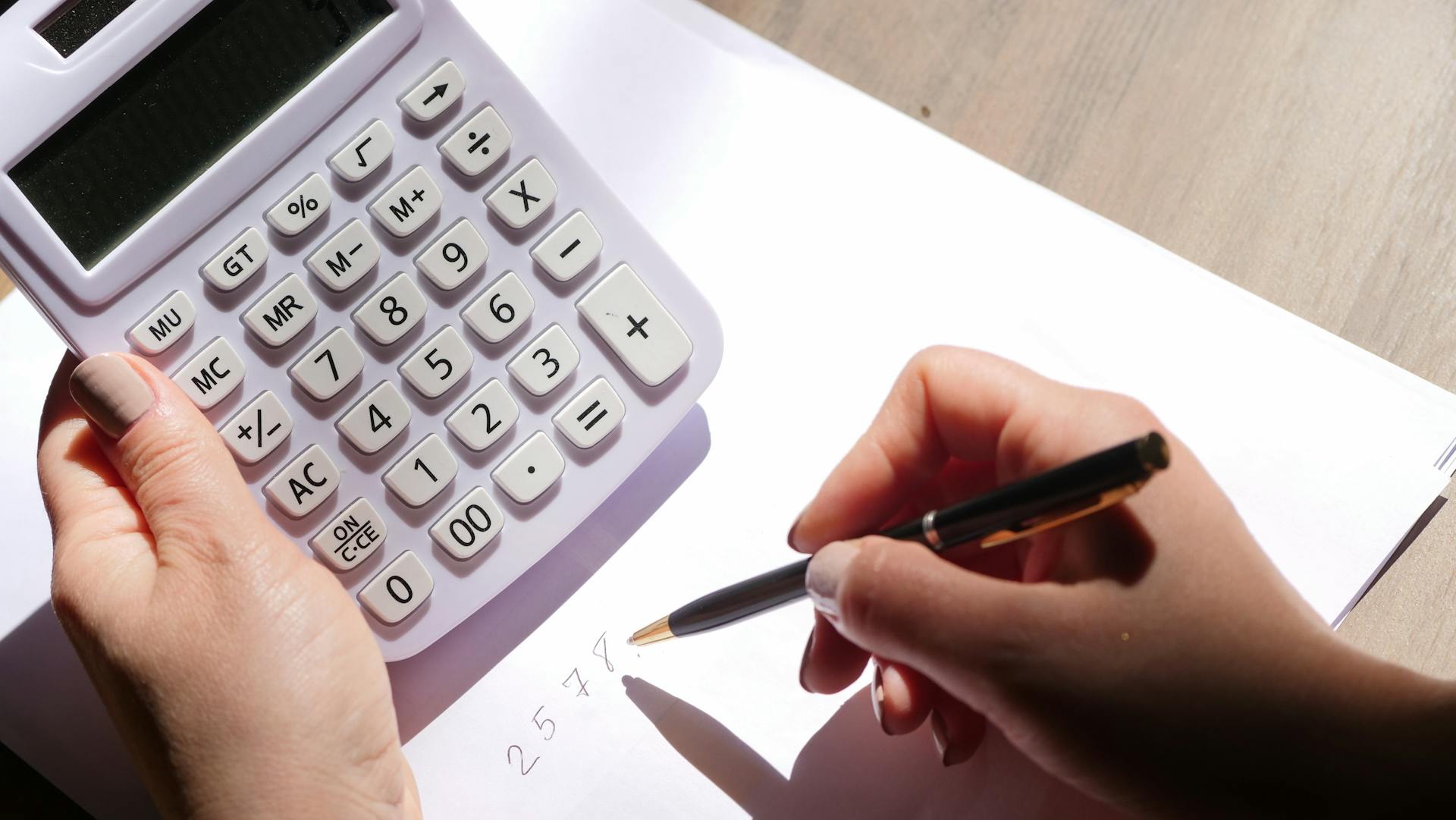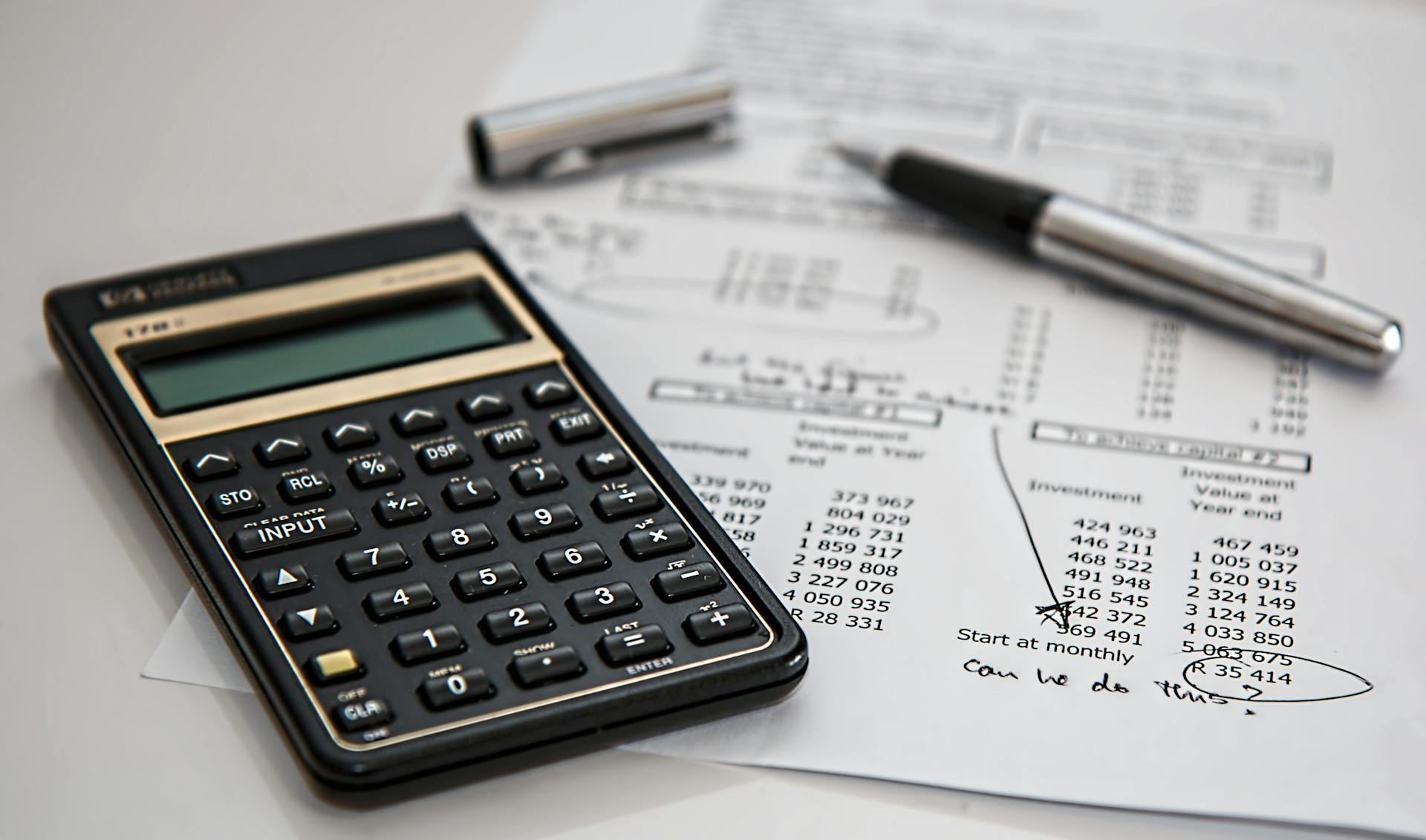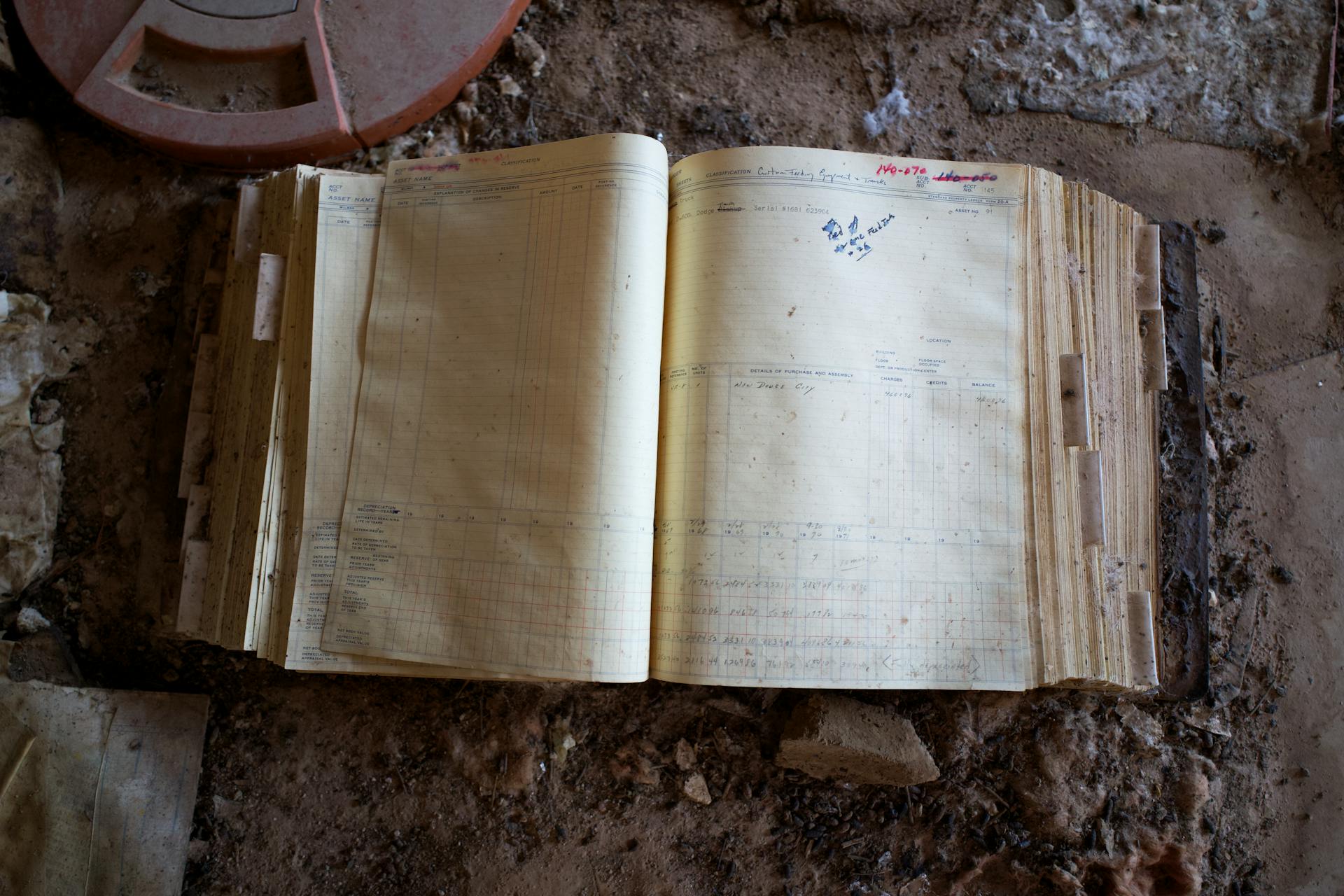
Understanding what to debit and credit in a write off account can be a bit confusing, but it's actually quite straightforward once you get the hang of it.
A write off account is used to record the loss or disposal of an asset, and it's always debited because it's a decrease in asset value.
When an asset is written off, the debit entry is made to the write off account, which reduces the asset's value.
Debiting the write off account means that the asset's value is decreasing, which is exactly what's happening when it's being written off.
The credit entry is made to the asset account, which is being reduced in value, and it's also credited to the expense account, which is being increased in value.
What Is Bad Debt?
Bad debt is the amount owed by a customer that is unlikely to be collected, resulting in a financial loss. This expense is recorded on the income statement and deducted from accounts receivable to present an accurate view of a company's assets.

Bad debt can be managed by using either the direct write-off method or the allowance method, with the allowance method being more widely accepted under GAAP.
The direct write-off method involves writing off a bad account receivable when a specific account is determined to be uncollectible, usually many months after the credit sale occurred.
Under this method, the entry to write off the bad account is to debit Bad Debts Expense and credit Accounts Receivable.
The allowance method, on the other hand, anticipates that some of its credit sales and accounts receivable will not be collected and establishes an Allowance for Doubtful Accounts prior to knowing the specific account or accounts that will become uncollectible.
The journal entry to establish the Allowance account is to debit Bad Debts Expense and credit Allowance for Doubtful Accounts.
Here's a summary of the journal entries for both methods:
The allowance method is preferred for financial reporting purposes since it means the loss (bad debts expense) is recognized closer to the time of the credit sales, and the balance sheet will be reporting a lower, more realistic amount of its accounts receivable sooner.
Direct Write-Off Methods

The direct write-off method is a simpler approach to dealing with uncollectible accounts, especially for small business owners with no accounting background. It's easier to understand and implement, as it deals with actual losses instead of initial estimates.
Under the direct write-off method, a small business can debit the Bad Debts Expense account and credit Accounts Receivable immediately when they determine an invoice is uncollectible. This eliminates the revenue recorded as well as the outstanding balance owed to the business in the books.
To write off a bad account under the direct write-off method, you'll need to make the following journal entry:
- Debit Bad Debts Expense (to report the amount of the loss on the company’s income statement)
- Credit Accounts Receivable (to remove the amount that will not be collected)
Note that in the U.S., the direct write-off method is required for income tax purposes, but it's not the method to be used for a company's financial statements.
Accounting for Bad Debts
Accounting for bad debts can be a complex process, but it's essential to understand the different methods and journal entries involved.

To record bad debt, a debit entry is made to a bad debt expense account and an offsetting credit entry is made to a contra-asset account, also known as the allowance for doubtful accounts.
The allowance for doubtful accounts nets against the total accounts receivable (AR) presented on the balance sheet to reflect only the amount estimated to be collectible. This allowance accumulates across accounting periods and may be adjusted based on the balance in the account.
There are two primary methods for accounting for bad debts: the direct write-off method and the allowance method. The direct write-off method involves debiting bad debt expense and crediting accounts receivable immediately when an invoice is deemed uncollectible.
Alternatively, the allowance method requires a company to estimate the amount of bad debt at the end of the year and debit bad debt expense and credit the allowance for doubtful accounts accordingly.
Here are the key differences between the two methods:
Payments received later for bad debts that have already been written off are booked as bad debt recovery, which can be a welcome surprise for businesses that have written off bad debt in the past.
Examples and Methods

The direct write-off method is a straightforward approach to writing off bad accounts, but it's not the preferred method for financial reporting purposes. It involves debiting Bad Debts Expense and crediting Accounts Receivable when a specific account is determined to be uncollectible.
The allowance method, on the other hand, is the preferred method for financial reporting purposes. It involves establishing an Allowance for Doubtful Accounts prior to knowing the specific account or accounts that will become uncollectible, by debiting Bad Debts Expense and crediting Allowance for Doubtful Accounts.
When a specific customer's account is identified as uncollectible under the allowance method, the journal entry is a credit to Accounts Receivable and a debit to Allowance for Doubtful Accounts.
Here are the journal entries for both methods:
Note that under the allowance method, the write-off did not affect an income statement account, as the loss was previously recognized when the Allowance balance was established or adjusted.
Frequently Asked Questions
What is the journal entry for a write-off?
To write off an account, debit the allowance for doubtful accounts and credit the corresponding receivables account. This journal entry reduces the amount of bad debt expense and removes the uncollectible account from the balance sheet.
Sources
- https://www.accountingtools.com/articles/how-to-take-write-offs-in-accounting.html
- https://www.investopedia.com/terms/b/baddebt.asp
- https://www.freshbooks.com/hub/accounting/direct-write-off-method
- https://www.accountingcoach.com/blog/how-do-you-write-off-a-bad-account
- https://corporatefinanceinstitute.com/resources/accounting/bad-debt-expense-journal-entry/
Featured Images: pexels.com


